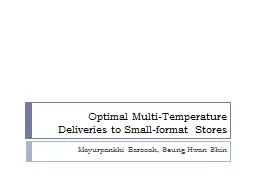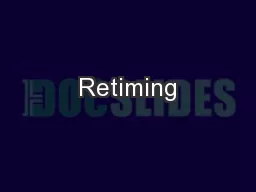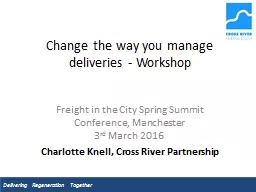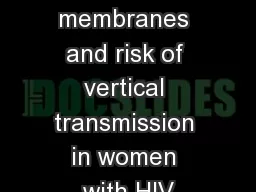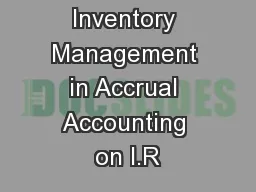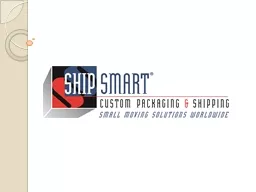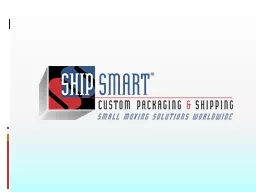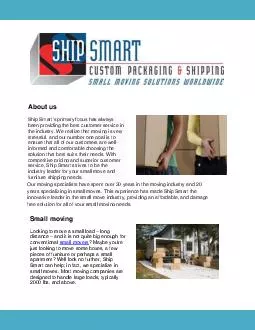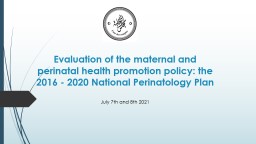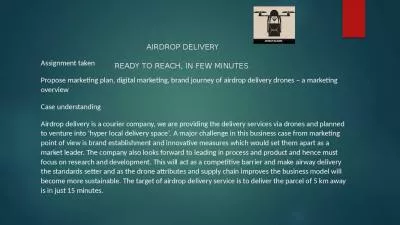PPT-Optimal Multi-Temperature Deliveries to Small-format Stores
Author : alida-meadow | Published Date : 2018-12-19
Mayurpankhi Barooah Seung Hwan Shin Agenda 1 Context Approach Analysis and Results Recommendations This project is aimed at optimizing multitemperature deliveries
Presentation Embed Code
Download Presentation
Download Presentation The PPT/PDF document "Optimal Multi-Temperature Deliveries to ..." is the property of its rightful owner. Permission is granted to download and print the materials on this website for personal, non-commercial use only, and to display it on your personal computer provided you do not modify the materials and that you retain all copyright notices contained in the materials. By downloading content from our website, you accept the terms of this agreement.
Optimal Multi-Temperature Deliveries to Small-format Stores: Transcript
Download Rules Of Document
"Optimal Multi-Temperature Deliveries to Small-format Stores"The content belongs to its owner. You may download and print it for personal use, without modification, and keep all copyright notices. By downloading, you agree to these terms.
Related Documents

